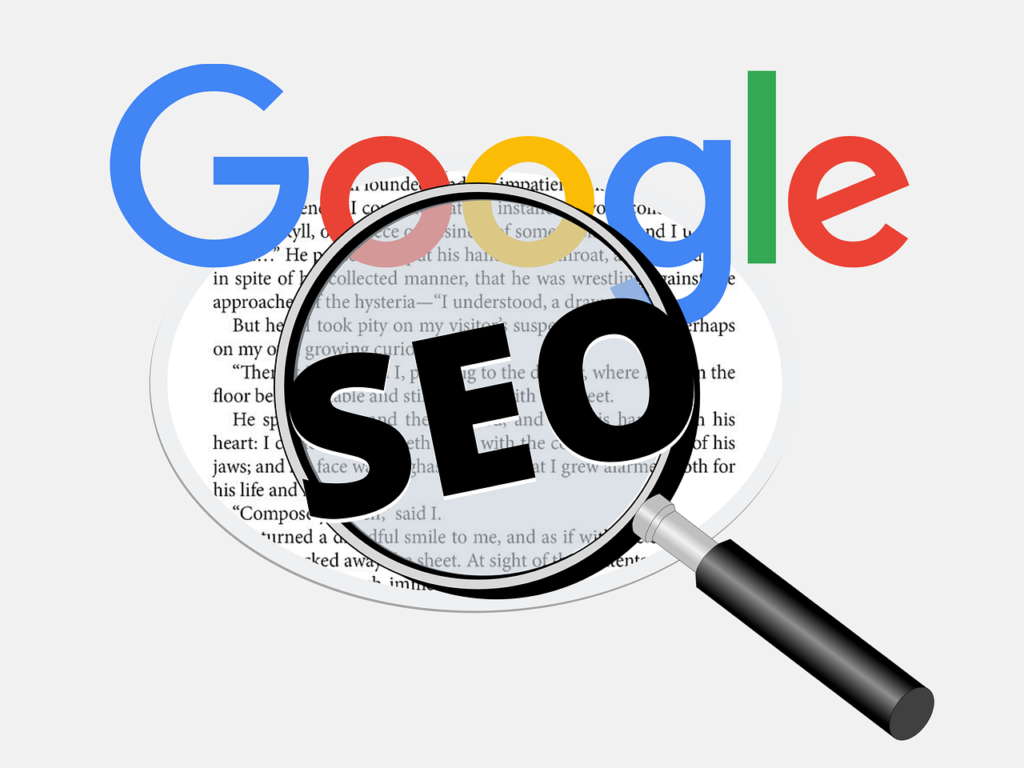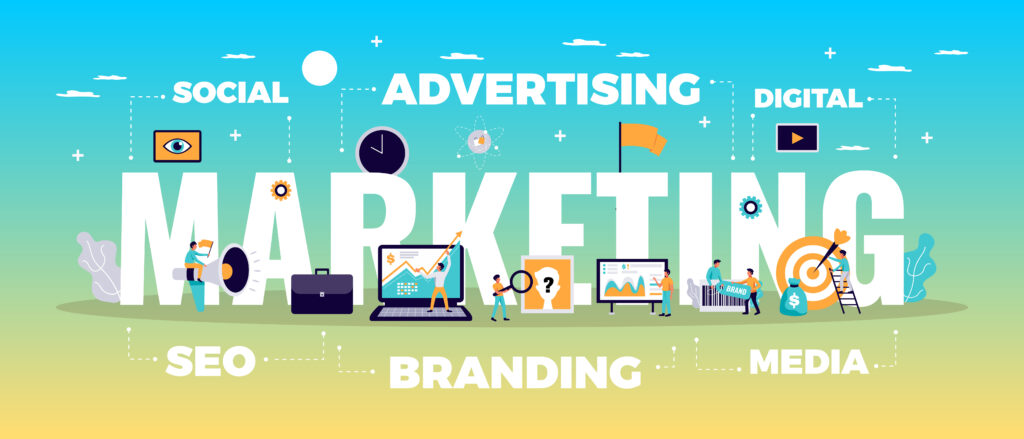The Complete Manual for Search Engine Optimization (SEO) in 2024
Introduction In the current digital world, having a strong online presence is crucial for business success. One of the best ways to improve your internet presence is through search engine optimization, or SEO. This guide will provide a comprehensive overview of SEO, its key components, practical strategies, and useful tools to help you improve your website’s ranking and drive more organic traffic. 1. Understanding Search Engine Optimization What is SEO? The process of making your website more visible in search engine results pages (SERPs) is known as search engine optimization, or SEO. In order to increase the quantity and quality of traffic that search engines like Google, Bing, and Yahoo provide to your website, it entails a number of different tactics and procedures. How Search Engines Work In order to crawl, index, and rank webpages according to how relevant they are to user searches, search engines employ sophisticated algorithms. These algorithms use a variety of elements to determine a website’s ranking, including backlinks, content quality, site structure, and keyword usage. Importance of SEO for Websites If a website wants to get organic visitors, SEO is essential. It helps your site rank higher in search results, making it more likely for users to find and visit your site. Effective SEO can lead to increased brand awareness, higher conversion rates, and improved user experience. Benefits of SEO for Online Presence: Increased Visibility: Higher search engine rankings lead to greater visibility and more potential visitors. Cost-Effective Marketing: Organic traffic generated by SEO is free, in contrast to paid advertising.. Enhanced Credibility: Users tend to view websites with higher rankings as more reliable. Better User Experience: SEO involves improving site usability, which enhances the overall user experience. 2. Key Components of SEO On-Page SEO Importance of Content Quality: Content is the backbone of on-page SEO. Visitors can be drawn in and kept on your website for extended periods of time by providing them with high-quality, pertinent, and interesting information. Meta Tags, Headers, and Keyword Placement: Meta Tags: Include meta titles and descriptions that accurately describe your page content and incorporate target keywords. Headers: Use header tags (H1, H2, H3) to structure your content, making it easier for search engines to understand. Keyword Placement: Strategically place keywords throughout your content, including in titles, headers, and body text, without keyword stuffing. Off-Page SEO Building High-Quality Backlinks: Backlinks are references to your website coming from other websites. They are an important ranking factor since they tell search engines that your material is authoritative and worthwhile. Social Media Signals and Their Impact: While social media signals (likes, shares, comments) are not direct ranking factors, they can amplify your content’s reach, leading to more backlinks and traffic. 3. SEO Services and Tools Overview of SEO Services Types of Services Offered by SEO Professionals: Technical SEO: Enhancing the functionality, speed, and structure of websites. Content SEO: Creating and optimizing content for target keywords. Local SEO: Improving exposure in regional search listings. Link building: is the process of obtaining high-quality backlinks from reputable websites. How to Select the Best SEO Service Provider: Experience and Expertise: Search for service providers who have experience and track record in your field. Transparency: Ensure they offer clear reporting and communication. Customized Strategies: Choose providers that offer tailored strategies to meet your specific needs. Popular SEO Tools Introduction to MOZ SEO: MOZ is a well-known SEO tool that may help you increase the SEO performance of your website by providing features like backlink analysis, site audits, and keyword research. Other Essential SEO Tools for Site Checkups and Analytics: Google Analytics: Monitors and summarizes user activity on websites. Ahrefs: All-inclusive backlink analysis, keyword research, and site audit tool. SEMrush: Provides insights into competitors’ strategies, keyword tracking, and site audits. 4. Local SEO Strategies What is Local SEO? The goal of local SEO is to maximize your online visibility so that relevant local searches will bring in more business. It incorporates techniques like Google My Business listings to increase your presence in local search results. Importance for Small Businesses For small businesses that depend on local clients, local SEO is extremely important. It increases foot traffic and makes them stand out in local search results. Optimizing for Local Search Results: Google My Business: – Update and take control of your listing. Local Citations: – Make sure all online directories have the same information about your company. Customer Reviews: – Customers who are happy should be encouraged to write favorable reviews. Local SEO Services How to Find and Leverage Local SEO Services: Research Organizations: Seek out nearby SEO professionals with knowledge of your sector. Check Reviews and Case Studies: Assess their success with other clients. Customized Strategies: Ensure they offer strategies tailored to your business’s needs. 5. SEO Marketing and Strategies Difference Between Search Engine Marketing, or SEM and SEO: SEO: – by using optimization approaches, concentrates on organic search results. SEM: Involves paid advertising, such as Google Ads, to appear in search results. Integrating SEO into Your Marketing Plan: Content Marketing: Create valuable content that addresses your audience’s needs and incorporates SEO best practices. Social Media Marketing: Use social media to promote your content and attract backlinks. Advanced SEO Strategies Keyword Research and Implementation: Identify Target Keywords: Use tools like Google Keyword Planner to find relevant keywords with high search volume and low competition. Incorporate Keywords Naturally: – Avoid keyword stuffing by incorporating keywords naturally into your article. Improving Google Ranking Through Content and Backlinks: Create High-Quality Content: Develop comprehensive, informative content that addresses users’ search queries. Acquire Backlinks:- Establish connections with reputable websites to obtain backlinks of the highest caliber. 6. Practical SEO Tips for Beginners SEO for Beginners Easy-to-Implement SEO Tips: Title Tag and Meta Description Optimization: A unique, keyword-rich title and meta description should appear on every page. Use Internal Linking: Link to relevant pages within your site to improve navigation and SEO. Common Mistakes to Avoid: Keyword Stuffing: Overusing keywords can harm your rankings. Ignoring Mobile Optimization: Google promotes mobile-first indexing; therefore, make


